Palms “Arecaceae”
at Hideaway Palmetum
Plant Profile Pages
Links also below in classification.
Many of our palms are still babies, the pictures in these profile pages are only of plants on location at Hideaway Palmetum. The pictures are displayed as a means to track the plants progress over time not to give a full scope of their presence.
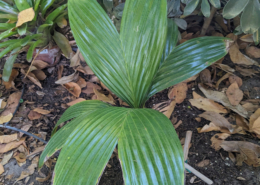 https://www.ericdgraham.com/wp-content/uploads/2024/04/areca-tunku-4.jpg
867
650
Hideaway Palmetum
https://www.ericdgraham.com/wp-content/uploads/2024/02/hp-icon-black-white-back-150.png
Hideaway Palmetum2024-04-26 10:49:022024-04-26 12:09:32Areca tunku
https://www.ericdgraham.com/wp-content/uploads/2024/04/areca-tunku-4.jpg
867
650
Hideaway Palmetum
https://www.ericdgraham.com/wp-content/uploads/2024/02/hp-icon-black-white-back-150.png
Hideaway Palmetum2024-04-26 10:49:022024-04-26 12:09:32Areca tunku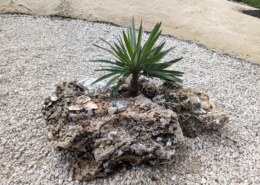 https://www.ericdgraham.com/wp-content/uploads/2024/02/Hemithrinax-ekmaniana2.jpg
488
650
Hideaway Palmetum
https://www.ericdgraham.com/wp-content/uploads/2024/02/hp-icon-black-white-back-150.png
Hideaway Palmetum2024-02-10 13:00:302024-02-10 13:00:30Hemithrinax ekmaniana
https://www.ericdgraham.com/wp-content/uploads/2024/02/Hemithrinax-ekmaniana2.jpg
488
650
Hideaway Palmetum
https://www.ericdgraham.com/wp-content/uploads/2024/02/hp-icon-black-white-back-150.png
Hideaway Palmetum2024-02-10 13:00:302024-02-10 13:00:30Hemithrinax ekmaniana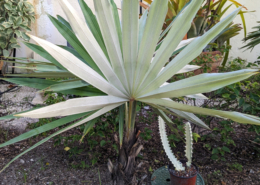 https://www.ericdgraham.com/wp-content/uploads/2023/12/Coccothrinax-macroglossa-1.jpg
754
650
Hideaway Palmetum
https://www.ericdgraham.com/wp-content/uploads/2024/02/hp-icon-black-white-back-150.png
Hideaway Palmetum2023-12-28 13:05:002023-12-28 13:05:00Coccothrinax macroglossa
https://www.ericdgraham.com/wp-content/uploads/2023/12/Coccothrinax-macroglossa-1.jpg
754
650
Hideaway Palmetum
https://www.ericdgraham.com/wp-content/uploads/2024/02/hp-icon-black-white-back-150.png
Hideaway Palmetum2023-12-28 13:05:002023-12-28 13:05:00Coccothrinax macroglossa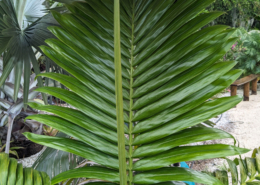 https://www.ericdgraham.com/wp-content/uploads/2023/12/Neoveitchia-storckii-1.jpg
867
650
Hideaway Palmetum
https://www.ericdgraham.com/wp-content/uploads/2024/02/hp-icon-black-white-back-150.png
Hideaway Palmetum2023-12-15 14:41:222023-12-16 21:28:51Neoveitchia storckii
https://www.ericdgraham.com/wp-content/uploads/2023/12/Neoveitchia-storckii-1.jpg
867
650
Hideaway Palmetum
https://www.ericdgraham.com/wp-content/uploads/2024/02/hp-icon-black-white-back-150.png
Hideaway Palmetum2023-12-15 14:41:222023-12-16 21:28:51Neoveitchia storckii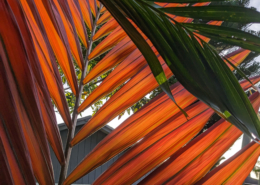 https://www.ericdgraham.com/wp-content/uploads/2023/12/Chambeyronia-macrocarpa-watermelon-3.jpg
867
650
Hideaway Palmetum
https://www.ericdgraham.com/wp-content/uploads/2024/02/hp-icon-black-white-back-150.png
Hideaway Palmetum2023-12-15 14:24:522023-12-16 21:29:04Chambeyronia macrocarpa
https://www.ericdgraham.com/wp-content/uploads/2023/12/Chambeyronia-macrocarpa-watermelon-3.jpg
867
650
Hideaway Palmetum
https://www.ericdgraham.com/wp-content/uploads/2024/02/hp-icon-black-white-back-150.png
Hideaway Palmetum2023-12-15 14:24:522023-12-16 21:29:04Chambeyronia macrocarpa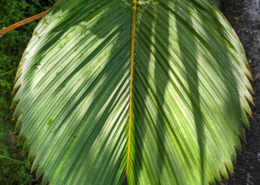 https://www.ericdgraham.com/wp-content/uploads/2023/12/Phoenicophorium-borsigianum-3.jpg
778
650
Hideaway Palmetum
https://www.ericdgraham.com/wp-content/uploads/2024/02/hp-icon-black-white-back-150.png
Hideaway Palmetum2023-12-15 13:10:082023-12-16 21:29:15Phoenicophorium borsigianum
https://www.ericdgraham.com/wp-content/uploads/2023/12/Phoenicophorium-borsigianum-3.jpg
778
650
Hideaway Palmetum
https://www.ericdgraham.com/wp-content/uploads/2024/02/hp-icon-black-white-back-150.png
Hideaway Palmetum2023-12-15 13:10:082023-12-16 21:29:15Phoenicophorium borsigianum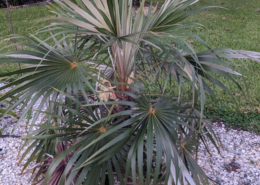 https://www.ericdgraham.com/wp-content/uploads/2023/12/silverpalm.jpg
867
650
Hideaway Palmetum
https://www.ericdgraham.com/wp-content/uploads/2024/02/hp-icon-black-white-back-150.png
Hideaway Palmetum2023-12-14 19:28:332023-12-16 21:29:29Coccothrinax argentata
https://www.ericdgraham.com/wp-content/uploads/2023/12/silverpalm.jpg
867
650
Hideaway Palmetum
https://www.ericdgraham.com/wp-content/uploads/2024/02/hp-icon-black-white-back-150.png
Hideaway Palmetum2023-12-14 19:28:332023-12-16 21:29:29Coccothrinax argentata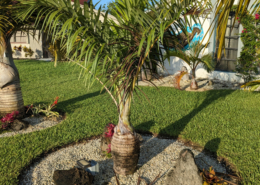 https://www.ericdgraham.com/wp-content/uploads/2023/12/gaussiaprinceps.jpg
867
650
Hideaway Palmetum
https://www.ericdgraham.com/wp-content/uploads/2024/02/hp-icon-black-white-back-150.png
Hideaway Palmetum2023-12-14 19:05:182023-12-16 21:29:41Gaussia princeps
https://www.ericdgraham.com/wp-content/uploads/2023/12/gaussiaprinceps.jpg
867
650
Hideaway Palmetum
https://www.ericdgraham.com/wp-content/uploads/2024/02/hp-icon-black-white-back-150.png
Hideaway Palmetum2023-12-14 19:05:182023-12-16 21:29:41Gaussia princeps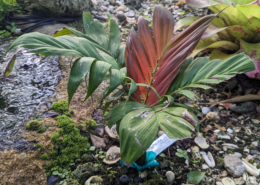 https://www.ericdgraham.com/wp-content/uploads/2023/12/Calyptrocalyx-albertisianus.jpg
557
650
Hideaway Palmetum
https://www.ericdgraham.com/wp-content/uploads/2024/02/hp-icon-black-white-back-150.png
Hideaway Palmetum2023-12-14 18:45:582023-12-16 21:29:53Calyptrocalyx albertisianus
https://www.ericdgraham.com/wp-content/uploads/2023/12/Calyptrocalyx-albertisianus.jpg
557
650
Hideaway Palmetum
https://www.ericdgraham.com/wp-content/uploads/2024/02/hp-icon-black-white-back-150.png
Hideaway Palmetum2023-12-14 18:45:582023-12-16 21:29:53Calyptrocalyx albertisianus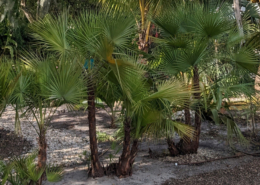 https://www.ericdgraham.com/wp-content/uploads/2023/12/paurotispalm.jpg
463
650
Hideaway Palmetum
https://www.ericdgraham.com/wp-content/uploads/2024/02/hp-icon-black-white-back-150.png
Hideaway Palmetum2023-12-14 17:30:252023-12-16 21:30:07Acoelorraphe wrightii
https://www.ericdgraham.com/wp-content/uploads/2023/12/paurotispalm.jpg
463
650
Hideaway Palmetum
https://www.ericdgraham.com/wp-content/uploads/2024/02/hp-icon-black-white-back-150.png
Hideaway Palmetum2023-12-14 17:30:252023-12-16 21:30:07Acoelorraphe wrightii